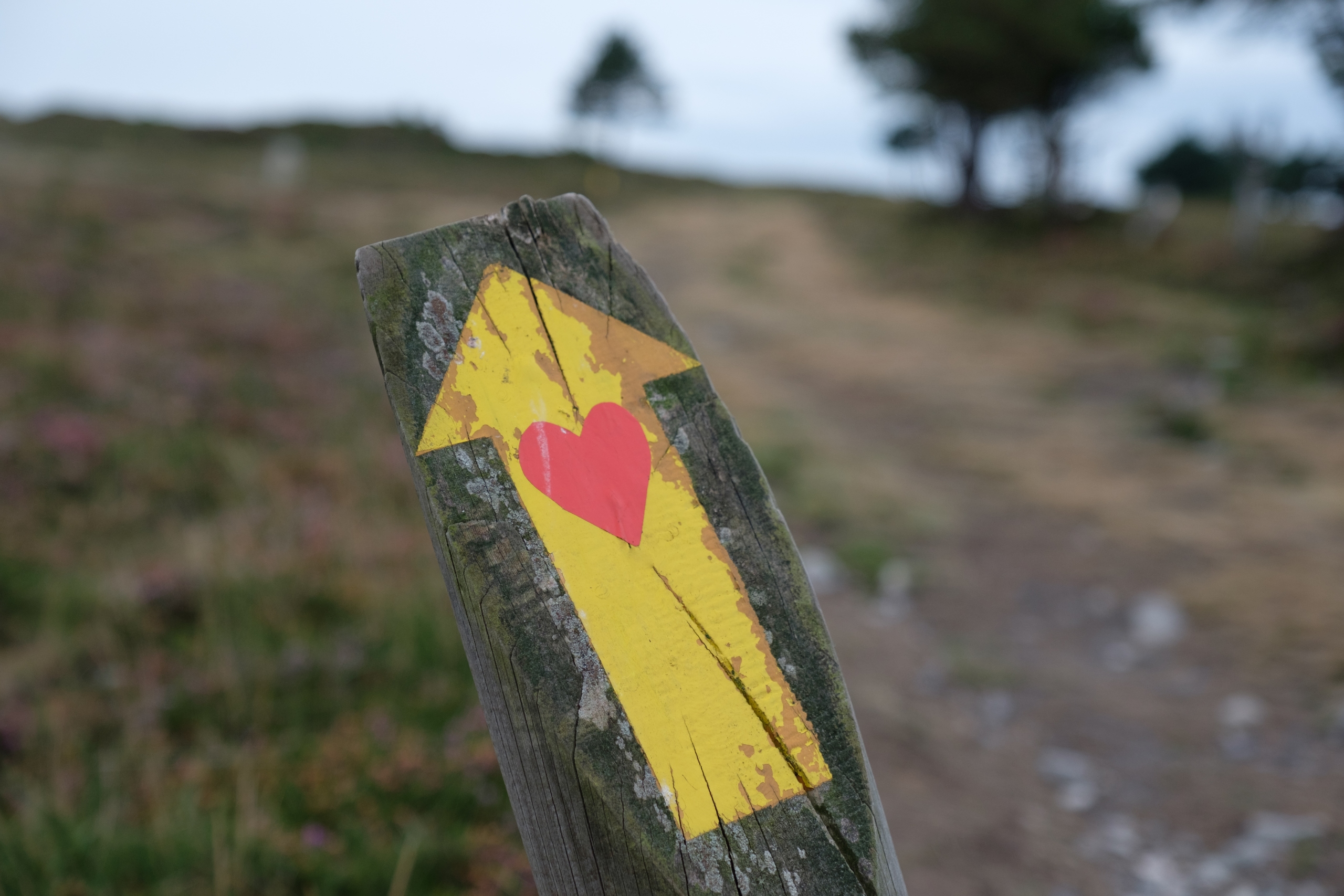From the ancient trails of Santiago to the highlands of the Himalayas, pilgrimage reshapes identity in quiet, often unexpected ways. Pilgrims walk for days, sometimes months—carrying only a backpack and a quieting mind. Whether driven by spiritual, therapeutic, or existential motives, many return speaking of inner transformation.
While often associated with belief systems, pilgrimage today frequently transcends religious practice. Its destination is not always a shrine. More often, it is a personal reckoning—a renewed sense of self, a step out of vulnerability, a journey toward self-trust. Each stage becomes a physical and psychological reconstruction of confidence.
An Ancient Rite, a Psychological Passage
Pilgrimage is as old as recorded civilization. Egyptians, Greeks, and Romans undertook sacred journeys long before the medieval surge of religious travel. Today, global routes such as Santiago de Compostela, Mecca, Jerusalem, Mount Kailash, and Guadalupe attract millions. Yet among these walkers are also atheists and agnostics. What drives them is not always faith, but the need to repair, rediscover, or regain.
Anthropologists describe pilgrimage as a rite of passage—a break from ordinary life into a liminal space, free from roles, status, and routine. In this suspended space, people reconfigure identity. Walking, they evolve.
Pilgrimage and the Mind: How the Journey Reshapes the Self
Pilgrimage is more than physical endurance. It activates key psychological processes:
- Overcoming Difficulty Builds Self-Efficacy
Blisters, exhaustion, storms, solitude—the daily trials of walking are significant. Persisting through them fosters what psychologists call self-efficacy: the belief in one’s ability to cope. This belief—built not on abstract self-worth but on lived experience—is a foundation of true self-esteem.
- Solitude Fosters Inner Listening
Freed from digital noise and social performance, pilgrims encounter silence. In that quiet, the internal voice emerges. Walking alone for hours becomes a cognitive clearing: priorities reorder, emotional knots loosen, clarity surfaces. Movement fosters insight.
- Encounters Reinforce Self-Worth
Despite its solitary aspects, pilgrimage is inherently social. Strangers become companions, sharing routes, meals, moments of fatigue. To be listened to without judgment, to receive kindness from unknown faces, affirms a person’s place in the human network. Brief, authentic connection strengthens self-perception.
Therapeutic Potential: Walking Toward Healing
For many, pilgrimage begins in crisis—after loss, illness, or upheaval. Some use it as an alternative to therapy; others as an active expression of grief or renewal.
Santiago de Compostela is a prominent example, drawing tens of thousands each year, many of whom are not religious. Yet most return changed, reporting emotional clarity, resilience, and a sense of release. The act of walking becomes metaphor: one starts heavy, arrives lighter—in body and in being.
Empirical Support: What Studies Show
Recent research substantiates these transformations. A study from the University of Würzburg followed 105 pilgrims on the Camino de Santiago, recording increased self-esteem, life satisfaction, and resilience. Spanish surveys report that roughly 70% of pilgrims feel “stronger and more centered” after walking. Many cite improved self-regard and reduced anxiety—effects that persist months after their return.
The Body Reclaimed
Pilgrimage also redefines the relationship with the body. In contrast to appearance-driven norms, the body during a journey is valued for function, not form. It must carry, endure, sustain.
This shift is profound—especially for those with histories of body image struggles or disordered eating. As the body proves its capacity, it is reframed as ally, not adversary. Gratitude emerges.
Returning Is the Next Challenge
The pilgrimage ends, but its psychological arc continues. Reintegration is often disorienting. Pilgrims speak of post-journey unease—resistance to superficiality, a desire for slower pace, more intention.
Some change careers, end relationships, or adopt new practices of self-care. The journey’s real conclusion is how it alters perception—of life, others, and self.
Secular Pilgrimage: Seeking Meaning Without Doctrine
Many now walk not in search of a deity, but of coherence. The need to slow down, to recalibrate, to engage deeply with existence is universal. Pilgrimage offers an ancient structure and a clear rhythm for such work.
This accounts for the revival of paths like the Via degli Dei, the Via Francigena, and the Sardinian trails—routes that serve modern, often non-religious, seekers.
A Journey Toward Wholeness
Pilgrimage is an outward expedition that facilitates inward transformation. It interrupts routine, tests endurance, invites encounter, and normalizes uncertainty. To walk without knowing where one will sleep or whom one will meet is a radical act of trust.
And from that trust, built step by step, arises a new image of self—quieter, stronger, more integrated. Pilgrimage does not affect everyone equally. But for many, it plants a seed of quiet confidence and agency.
For those long burdened by self-doubt or inadequacy, that may be the most lasting gift of the path.





